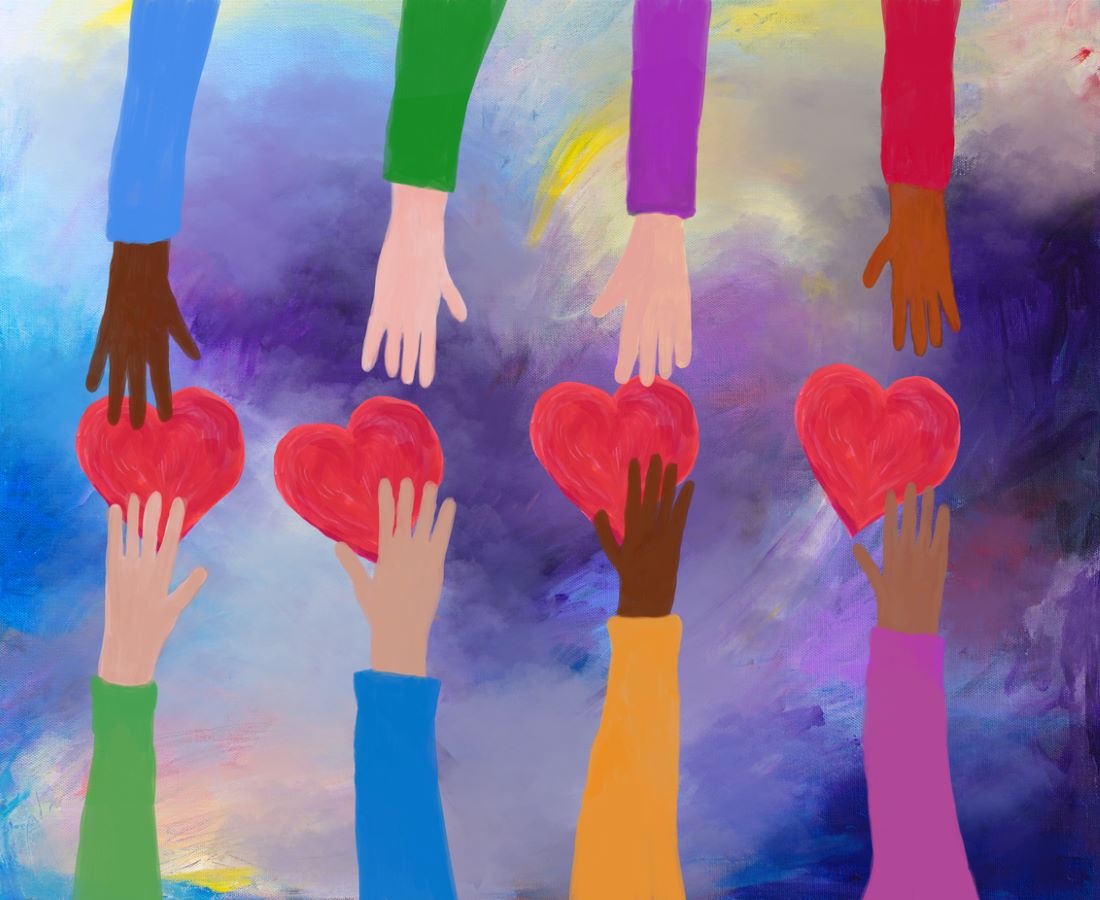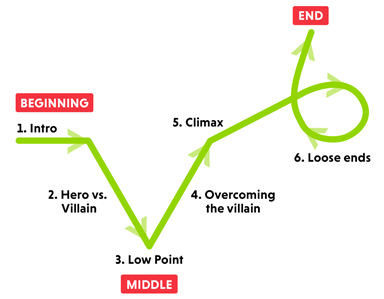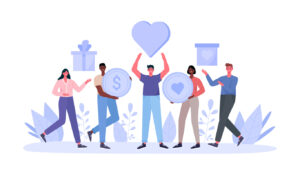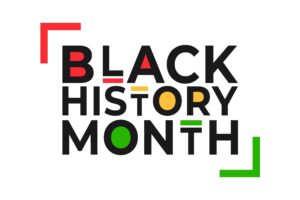Storytelling tricks that help nonprofits make an impact
Consider these five tips to make your campaigns find new audiences and stick with them over time.

Storytelling is part of what makes us human and is fundamental to who we are. For the nonprofit sector, storytelling has the power to get people excited about a particular organization and ultimately buy into its mission.
Why are stories so powerful for nonprofits?
Researchers believe we’re evolutionarily hardwired to respond to stories because they are “sticky” and we remember them.
Maya Angelou famously said that people will forget what you said, they’ll forget what you did, but they’ll never forget how you made them feel. Stories make us feel things and can even move us to action.
Elements of nonprofit storytelling
Though every story is different, they all follow a predictable pattern. Let’s take a look at some common approaches to storytelling.
The nonprofit story arc
Every news story, every movie, every fictional book is formed around a story arc. Why? Because this is what humans crave in a story: They want a hero. They want to relate to a problem. They want a dramatic climax, and then they want the problem resolved.

The story spine
The story spine can help you build out the framework of your story, and includes the following components: Once upon a time … Every day … One day because of that … Because of that … Until finally … And ever since then …
The V-shaped storytelling formula
In 2013, columnist David Lieber presented a humorous but insightful TED talk about the power of storytelling to change the world, the “Magic V-Shaped Storytelling Formula.” This formula is especially helpful on social media when you need to develop an entire storyline in a brief minute or two.

5 tips for effective nonprofit storytelling
1. Make your nonprofit’s stories visual.
Popular formats include:
- Infographics can break through the clutter by packaging your information in a way that people can easily scan and then decide if they’re hungry for more. In fact, articles featuring infographics receive 72% more views than text-only articles.
- Video is the most consumed content on the web. Transform static infographics, b-roll footage, and stock photography into engaging video content that can be shared on social media or your website. Use Facebook and Instagram Live to share behind-the-scenes moments or to announce important news about your organization.
2. Crowdsource content.
One economical way to obtain video content is to crowdsource it, since it can be done directly through a smartphone. Open it up to your nonprofit’s members, stakeholders and the people that you help share their stories, so you can get golden content without busting your budget.
3. Grab people’s attention—fast.
The average human attention span is just eight seconds, meaning you have to hook your viewers within the first few seconds—or you lose them. Facebook’s most popular videos are under two minutes; on YouTube, they can be a bit longer, with most top performers ranging from 4-10 minutes.
4. Add the human element.
When you can put a human face in front of your cause and show who it impacts, people are much more inclined to buy into your mission and take action.
5. Empower staff and supporters to become storytellers.
Sharing stories regularly with your staff, donors, and members can encourage them to do the same, and as a result, expand your organization’s visibility. By understanding the why and the how of storytelling, you can also create storytellers among your staff and turn the entire organization into a storytelling operation.
Achieve measurable goals
As you develop your storytelling strategy, it’s important to determine your goals and how you’re going to measure success.
Do you want to use storytelling for fundraising and development purposes, to increase traffic to your website, to boost social media visibility and engagement, or to grow membership?
Knowing clearly at the front end how you’re going to measure success will give you a chance to see what stories and platforms are most effective, which can inform your strategy moving forward.
Michelle Ubben is a partner and president of Sachs Media, a partner in The Worldcom Public Relations Group.






